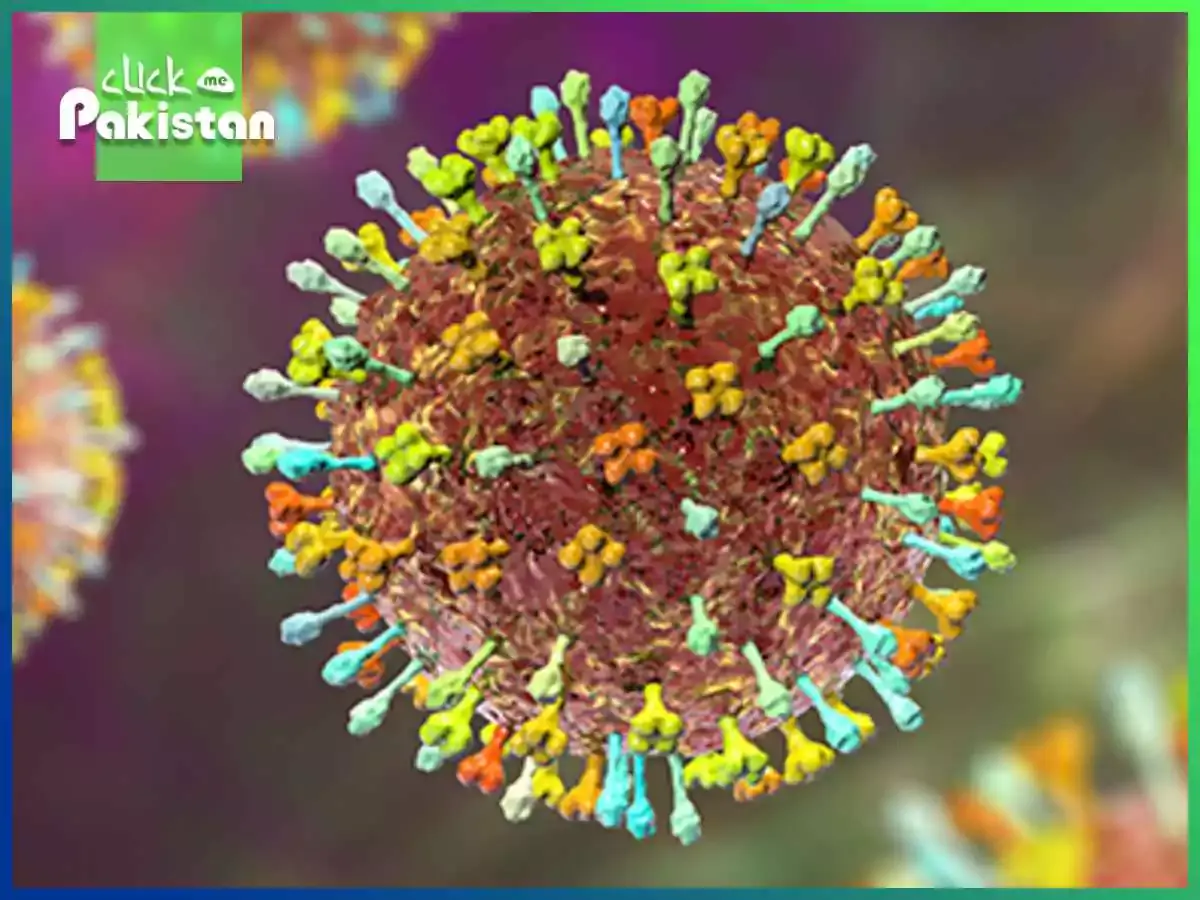It is crucial to acquire knowledge about the Nipah virus. Another health advisory has been released in October 2023 by Sindh and Punjab, as thousands of people in Pakistan continue to suffer from conjunctivitis.
The two provinces’ health authorities have issued advisories to the public regarding the possible spread of the Nipah virus. The notifications were released in response to indications that the virus was affecting a large number of people in India.
A closer examination of the Nipah virus is necessary because of its possible influence on human health. We’ll explore all the important details of the Nipah virus in this blog, including its history, modes of transmission, symptoms, prevention, and current research.
Origins and Discovery:
Named after the area where it was found, the Nipah virus was first identified in 1999 following an outbreak in Malaysia. It first affected people and pigs, but it has subsequently been documented in a number of South Asian nations.
Transmission:

Effective preventative strategies require an understanding of the Nipah virus’s mode of transmission. Eating contaminated food, direct contact with infected bats, their saliva, or eating fruits tainted with bat urine or saliva can expose humans to the virus. It may also spread from person to person, particularly in hospitals or among families, which challenges in controlling its spread.
Symptoms and Diagnosis:
A Nipah infection can cause a variety of symptoms, such as fever, headaches, respiratory problems, and encephalitis. A prompt diagnosis that includes laboratory testing and clinical assessments is essential.
Strategies for Prevention:
There are several ways to avoid Nipah virus outbreaks. Take crucial preventive actions such as refraining from consuming raw date palm sap, ensuring proper cleanliness, and maintaining a safe distance from individuals who are infected.
Current Research and Treatment:
Efforts are being made to improve our knowledge of the virus and create efficient treatments. Management for Nipah viruses currently consists on antiviral drugs and supportive care.
Previous Epidemics:
The Nipah virus was discovered in 1999 during a pandemic that affected Malaysian pig farms. Thankfully, there have been no fresh reports of cases in Malaysia.
Another nation where the virus was discovered in 2001 is Bangladesh, where outbreaks have occurred almost regularly ever then.
Global impact:
The potential for rapid spread and high mortality rates of Nipah outbreaks make them a serious public health issue, despite their occasional occurrence. Monitors and managers of this newly developing infectious disease must work together internationally.
Why there may be a possibility of the Nipah virus spreading over South Asia:
Ecological Factors:
The region’s fruit bat population, which naturally carries the virus, raises the possibility of Nipah virus epidemics.
Agricultural Practices:

Activities like collecting date palm sap that put people in close proximity to bats or their excretions may raise the risk of transmission.
Urbanization and Population Density:
Greater urbanization and population density can aid in the virus’s spread, particularly in places where people and bats coexist.
Worldwide Trade and Travel:
There is a chance that the virus will spread to other regions as a result of increased worldwide trade and travel.
Conclusion:
The Nipah virus continues to pose a serious threat, demanding ongoing investigation, global collaboration, and various approaches for prevention and management. It is imperative to remain knowledgeable about its complexities in order to minimize its effects on global public health and to guarantee a ready and watchful international community. Stay aware and watchful.Given the impending danger of the Nipah virus, it is critical to understand the importance of learning about this possibly fatal infectious disease. Understanding the causes, transmission, symptoms, and preventive measures of the Nipah virus is crucial, especially in light of the recent health advisories that Sindh and Punjab have issued in response to the widespread incidence of conjunctivitis and the impending threat of the virus. Since its 1999 discovery in Malaysia, the Nipah virus has become a major health problem throughout South Asia, with occasional outbreaks taking place in different nations. It’s Due to the disease’s high death rate and propensity for quick spread, international cooperation and diverse preventive measures are required. In order to reduce the danger of Nipah virus transmission, a comprehensive strategy is needed, encompassing everything from comprehending ecological variables and agricultural methods to addressing urbanisation and population density issues. To properly control and limit any possible outbreaks, however, more awareness, close observation, and concerted international efforts are essential. We can all work together to counter the threat posed by the Nipah virus and protect public health around the world by staying aware and proactive.









